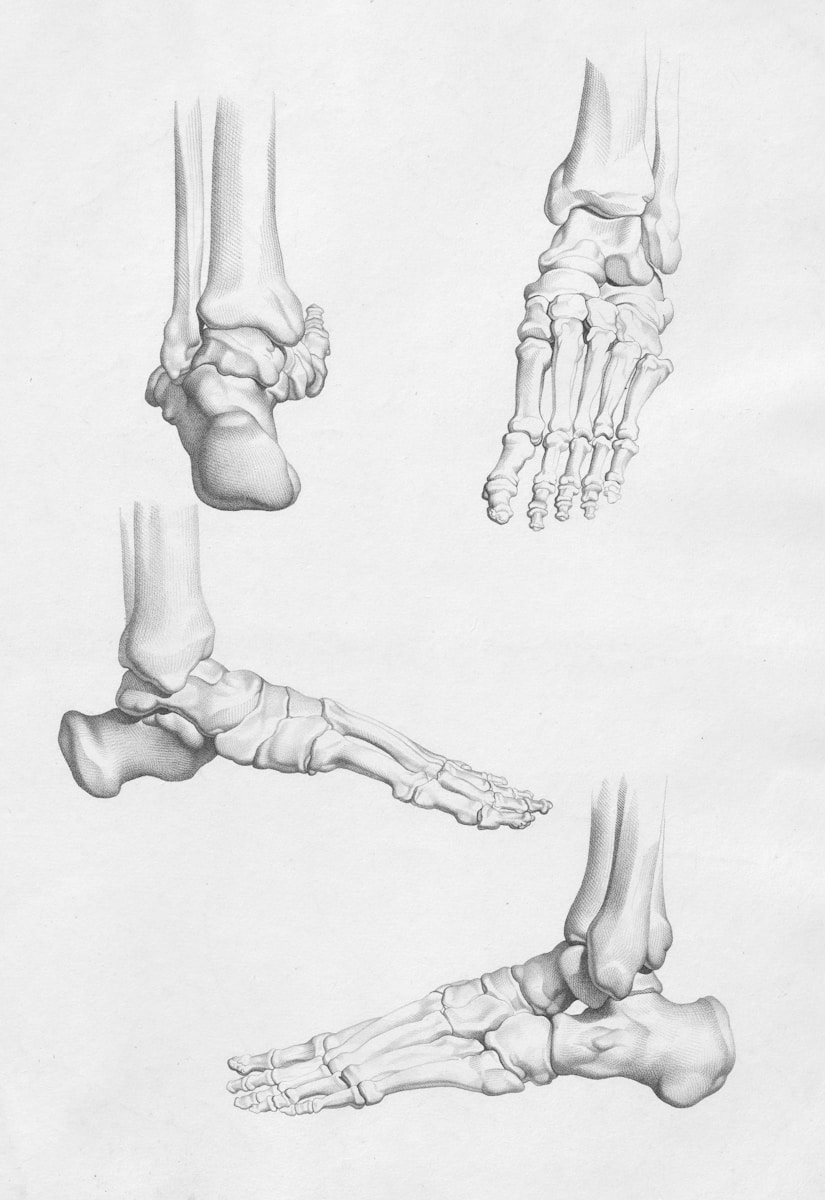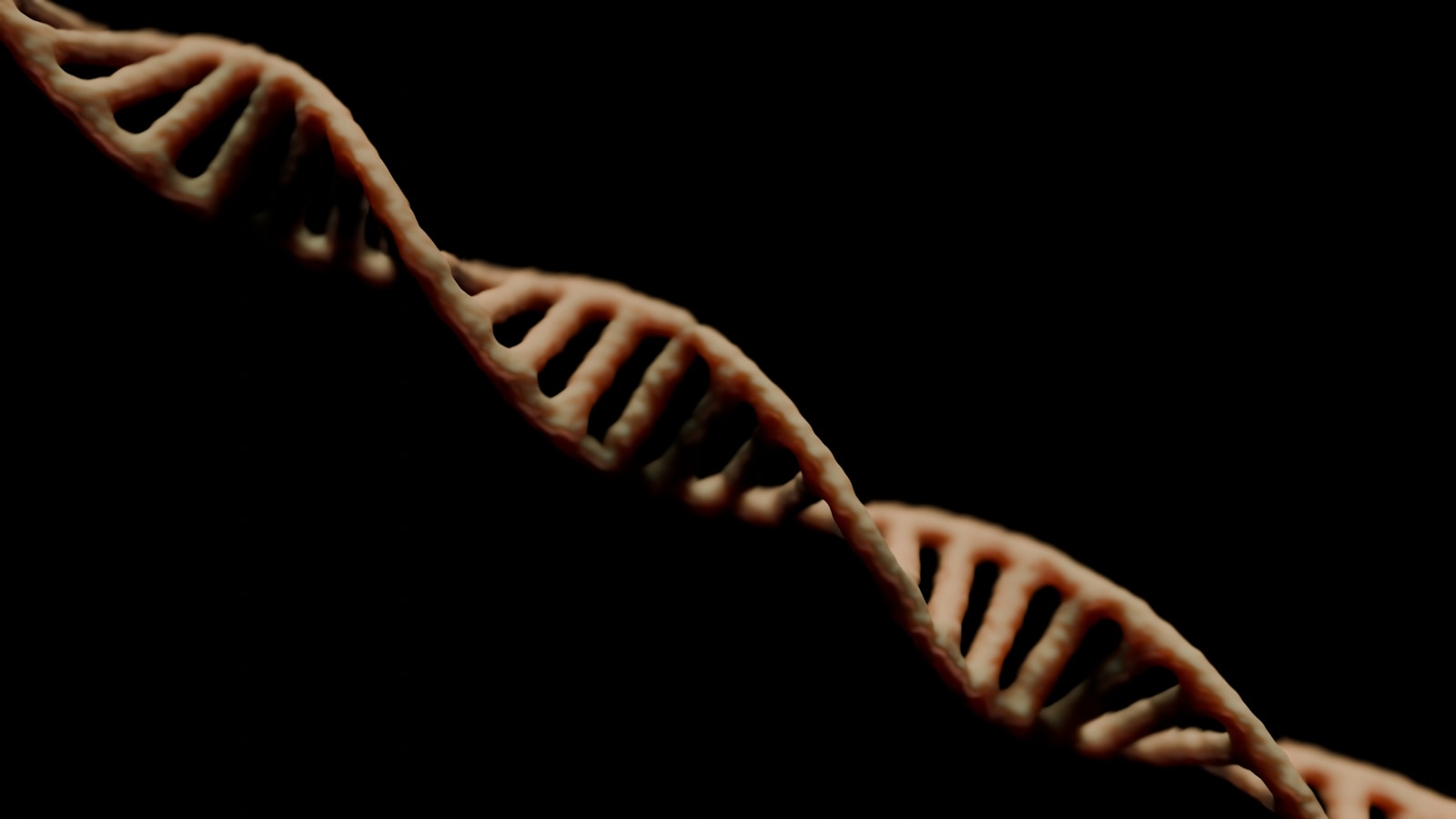Pain is a complex physiological phenomenon that serves as a crucial warning signal in our bodies. When we experience pain, it is the result of intricate processes involving our nervous system, brain, and various chemical messengers. Understanding these processes and the purpose pain serves can offer insights into how to effectively manage and treat it.
Understanding the Physiological Mechanisms of Pain
When tissue damage or injury occurs, specialized nerve endings called nociceptors are activated. These nociceptors transmit electrical signals through the spinal cord to the brain, signaling the presence of pain. The brain then processes these signals and generates the sensation of pain that we perceive.
Role of Nociceptors
Nociceptors are essentially the body’s alarm system. They are sensitive to potentially harmful stimuli, whether thermal, mechanical, or chemical. For example, touching a hot stove activates thermal nociceptors, prompting a rapid withdrawal reflex even before the brain fully processes the sensation. This reflexive action is part of the body’s innate protective mechanisms.
The Pain Pathway
Once activated, nociceptors send signals through the peripheral nerves to the spinal cord, where they synapse with secondary neurons. These signals are then relayed to the brain’s thalamus and other regions involved in the perception of pain. It’s a bit like a relay race, where each stage is crucial for the message to reach the finish line, which in this case is the brain.
The Brain’s Role in Pain Perception
The brain is not just a passive recipient of pain signals. It actively interprets and modulates these signals, often influenced by past experiences, emotions, and psychological state. This is why the same injury can result in different pain experiences for different individuals. The brain’s involvement means that psychological factors can significantly influence pain perception and intensity.
Purposes of Pain
While pain may be unpleasant, it serves essential functions in our body.
Pain as a Protective Mechanism
One primary purpose of pain is to alert us to potential harm or danger. By experiencing pain, we are prompted to take action to protect ourselves and prevent further injury. For instance, the sharp pain from a sprain discourages us from using an injured limb, allowing it time to heal.
Pain in Healing and Recovery
Pain also plays a crucial role in promoting healing and recovery. The sensation of pain can serve as a motivator for us to seek medical attention, rest, and allow our bodies to heal properly. Without pain, we might neglect injuries, leading to more severe damage or chronic conditions.
Pain’s Role in Learning
Pain teaches us to avoid harmful situations. This learning process is critical for survival. For example, after experiencing a burn from touching a hot surface, one is likely to be more cautious around hot objects in the future.
Neurotransmitters and Pain Modulation
Neurotransmitters such as endorphins and enkephalins are the body’s natural painkillers. These substances can modulate the perception of pain and help to alleviate discomfort.
Endorphins: The Body’s Natural Pain Relievers
Endorphins are released in response to pain and stress. They bind to opioid receptors in the brain, reducing the perception of pain much like prescription opioids, but without the risk of addiction. Activities such as exercise, laughter, and even certain foods can trigger endorphin release, providing a natural boost to pain management.
Enkephalins and Pain Control
Enkephalins work similarly to endorphins but are more localized in their action, primarily affecting the spinal cord and brainstem. They are part of the body’s rapid response to acute pain, helping to dampen pain signals before they reach higher brain centers.
Strategies for Enhancing Natural Pain Relief
Engaging in regular physical activity, practicing relaxation techniques, and maintaining a balanced diet can enhance the body’s natural production of pain-relieving neurotransmitters. For instance, aerobic exercises like running or swimming can increase endorphin levels, contributing to what’s often referred to as the “runner’s high.”
Chronic Pain and Maladaptive Responses
In cases of chronic pain, the physiological mechanisms of pain may become maladaptive. Prolonged activation of nociceptors can lead to sensitization of pain pathways, resulting in persistent discomfort even in the absence of ongoing tissue damage.
Understanding Chronic Pain
Chronic pain is defined as pain that persists beyond the usual course of healing, typically longer than three to six months. This type of pain is not just a symptom but a complex condition in its own right, often requiring comprehensive treatment approaches.
Sensitization and Pain Pathways
Sensitization occurs when the nervous system becomes hyper-responsive to pain stimuli. This can result from repeated or intense pain signals, causing structural and functional changes in the nervous system. It’s like having a volume knob on pain that gets turned up, making even light touches feel excruciating.
Addressing Chronic Pain
Addressing chronic pain requires a multidisciplinary approach involving medical, psychological, and lifestyle interventions. Treatments may include medications, physical therapy, cognitive-behavioral therapy, and alternative therapies such as acupuncture or yoga. By unraveling the complex mechanisms underlying chronic pain, healthcare professionals can provide targeted treatments to improve patients’ quality of life.
The Role of Psychology in Chronic Pain Management
Psychological interventions can be particularly effective in managing chronic pain. Cognitive-behavioral therapy (CBT), for example, helps patients develop coping strategies and alter negative thought patterns that can exacerbate pain perception. Mindfulness and meditation practices can also reduce stress and improve pain tolerance.
Common Misconceptions About Pain
“Pain is Always a Sign of Damage”
One common misconception is that pain always indicates physical damage. While this is often true in acute pain, chronic pain can persist without ongoing tissue damage. Understanding this distinction is crucial for effective pain management.
“Pain Thresholds Are Fixed”
Another misconception is that pain thresholds are fixed and the same for everyone. In reality, pain perception varies widely among individuals and can be influenced by genetics, psychological factors, and environmental conditions.
“Ignoring Pain Will Make It Go Away”
Ignoring pain, especially chronic pain, can lead to worse outcomes. Instead of subsiding, untreated pain can become more entrenched and difficult to manage. Early intervention is often key to successful pain management.
Practical Tips for Managing Pain
Lifestyle Modifications
- Regular Exercise: Incorporate moderate physical activities like walking, swimming, or yoga to improve overall pain tolerance and promote endorphin release.
- Healthy Diet: Eat a balanced diet rich in anti-inflammatory foods such as fruits, vegetables, and omega-3 fatty acids to support pain management.
- Sleep Hygiene: Maintain good sleep practices, as quality sleep is crucial for pain management and overall well-being.
Psychological Strategies
- Mindfulness and Meditation: These practices can help reduce stress and improve pain perception.
- Cognitive-Behavioral Techniques: Working with a therapist to develop coping strategies and change negative thought patterns can be beneficial.
Medical and Alternative Therapies
- Medications: Use pain medications as prescribed by healthcare providers to manage acute and chronic pain effectively.
- Physical Therapy: Engaging in a tailored physical therapy program can help improve mobility and reduce pain intensity.
- Alternative Therapies: Consider acupuncture, chiropractic care, or massage therapy as complementary treatments.
By understanding the multifaceted nature of pain and employing a combination of strategies, individuals can better manage pain and improve their quality of life. Whether it’s acute pain following an injury or chronic pain that requires long-term management, a comprehensive approach tailored to the individual’s needs often yields the best results.




